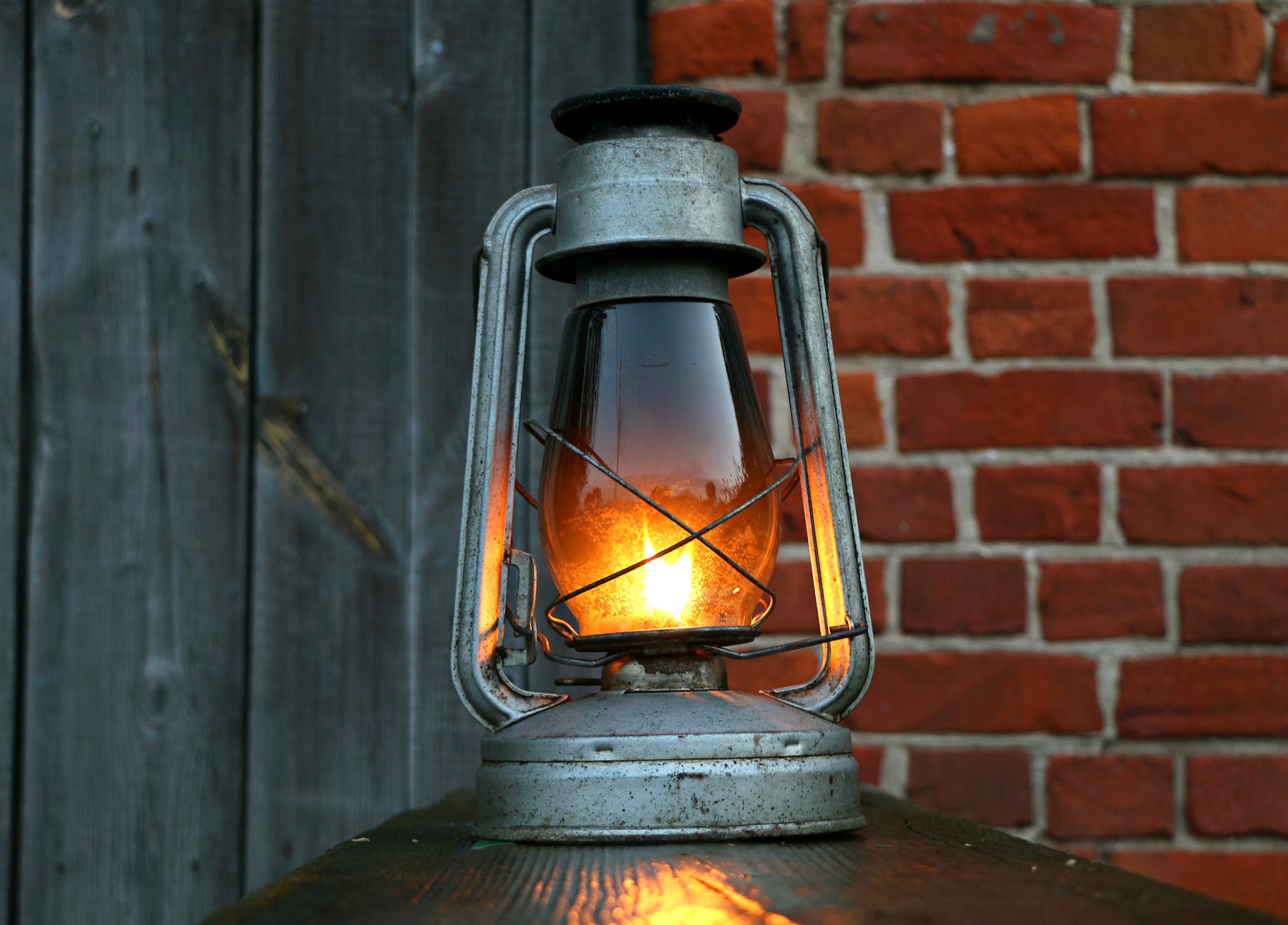How Homes Are Heated – Electricity, Natural Gas, Radiant Heating, and Heat Pumps
Choosing how your home is heated can be difficult, with a wide variety of options. This article will look at Electricity, Natural gas, Radiant heating, and heat pumps. We’ll also explore the pros and cons of each option. You’ll be glad you did! If you have any questions, feel free to ask us! We’ll be happy to help! Let us know your thoughts on this topic. We’ll also add a link to our website so that you can learn more.
Natural Gas

Natural gas is used to heat homes for a variety of reasons. While electricity is the most common energy source in a home, natural gas is used for heating and cooking in appliances designed to operate on this fuel. It is also available in two forms – liquefied natural gas and compressed natural gas. Despite these advantages, gas is still relatively expensive compared to electricity. Despite its price disadvantage, many people prefer natural gas to other forms of energy.
Residential use of natural gas can be high, reaching temperatures of over 1,100 degrees Celsius (2,000 degrees Fahrenheit). This is a powerful domestic fuel. Currently, natural gas is delivered to homes through pipelines and in tank-like forms as CNG. Natural gas is used in water heaters, furnaces, cooking, and lighting fixtures. In addition to heating homes, natural gas is used to power vehicles. This energy source is the most popular domestic fuel in North America.
Electricity
Residential electrification has been coming along, but we are still not there. The level of understanding of electrification is still low, and natural gas continues to gain market share. Policymakers must intervene to make residential electrification a reality. RMI has put together five concrete recommendations to jumpstart the process. All five have to do with the number of power consumers consume daily. Let’s take a closer look at each.
One way to cut your electric bill is to turn down the thermostat. While keeping your home at a comfortable 68 degrees Fahrenheit is comfortable, it increases your power bill. Try turning down your thermostat in the winter and raising it in the summer. By following these tips, you’ll save significant money each year. When choosing the thermostat, be sure to check the temperature and make adjustments accordingly. This will ensure your home’s comfort and save on power bills.
Radiant heating
In the coldest winter months, radiant heating provides a cozy and even temperature throughout your home. The benefits of radiant heating are numerous, but the primary reason is its ease of installation. Users can install the panels on the lower four feet of a wall. This method is much less expensive to install than electrical heating and doesn’t interfere with your home’s style. And there’s no need to worry about breaking or damaging the pipes or wires that run beneath the floors.
One of the essential advantages of radiant heating is that it has no visible components. Other heat distribution systems have visual features, such as registers and baseboards, which take up floor space in your living room. They can also require varying degrees of maintenance. And because these components are often made of plastic, they attract dust and pet hair. You may have a leak if your house is built with plastic pipes.
Heat pumps
You may wonder how heat pumps can save money on heating bills. They are more efficient when the temperature is set at a comfortable level and stays that way. They cycle between heating and cooling seamlessly and can be controlled using an intelligent thermostat. Heat pumps work by circulating air in and around the home. In addition to helping you save money on heating bills, they can also reduce your carbon footprint. Read on to learn more about heat pumps.
Air-source heat pumps have a set minimum operating temperature, and a newer model can operate in temperatures as low as -15°C. While heat pumps can work effectively at any temperature, proper maintenance is crucial for safe, reliable operation and long service life. Here are some tips on how to care for a heat pump:
Heat recovery ventilator
A heat recovery ventilator is one of the best ways to keep indoor air clean. Compared to open windows, which can let in air contaminants and waste-conditioned air, heat recovery ventilators help maintain a comfortable temperature inside the home. These ventilators remove airborne bacteria and other pollutants and help your heating and cooling systems by transferring heat from the fresh air coming into the house to the stale air going out.
While heat recovery ventilators aren’t necessary for comfortable living, they have many benefits. They can help reduce allergy flare-ups, flu, and respiratory illnesses, saving homeowners money. Heat recovery ventilators also prevent mold and black mold poisoning from affecting people’s health. Additionally, they can avoid odors by distributing temperature evenly throughout the house. They can help keep your home comfortable and reduce your energy bills.
Oil
Since the 1970s, the use of fuel oil has been increasing, and new technologies are allowing companies to mine massive oil reserves. This advancement in technology has led to the production of cleaner oil, allowing previously unobtainable sources to be used for heating. Since the 1970s, oil burners have improved significantly, with new designs requiring minimal maintenance and producing no soot or dirt. Furthermore, using these fuels does not deplete the soil, which can become contaminated.
The heating oil does not leave the combustion chamber but travels to a heat exchanger, where it comes in contact with air or water. These heating oil systems circulate both air and water throughout the home. The heated air or water travels through pipes, radiators, baseboards, and ducts, while the cooled air returns to the heat exchanger. There is a difference between using heating oil and natural gas, and real estate agents need to be aware of the differences between the two types.
Steam heat
There are several advantages to steam heating systems. Not only are they energy-efficient, but they can also last a long time. They are also quieter than other heating systems and allow you to choose which areas of the home you want to heat. By comparison, forced-air heating systems use ducts to circulate air through the house, dispersing airborne particles that can aggravate allergies. However, steam heat uses radiators, which do not spread airborne particles.
Unlike forced-air heating systems, steam heating is quiet. Instead of blowing air through ducts, the steam heats a room individually. Furthermore, moisture can be directed to specific areas of the house, reducing your heating costs. And because it can heat individual rooms, steam heating is the perfect solution for large homes. And because it’s so efficient, many people choose steam heating over forced-air systems. It’s easy to see why.
Wood
Burning wood for heating is a practice that has been around for millions of years. Wood is renewable and carbon-neutral, and burning it in an efficient stove reduces greenhouse gas emissions. Also, wood can be used as a fuel source in many ways. In addition to being clean, wood can be used as a source of electricity and heat. Most wood used in heating is sourced from the forest, so you can save money on electricity bills and reduce greenhouse gases.
The oil crisis of the 1970s sparked interest in using wood for heating. More recent fuel price volatility and environmental concerns have rekindled interest in timber as a renewable energy source. While wood costs are relatively stable over time, using energy-efficient wood heating appliances can hedge against spikes in fossil fuel costs. However, rising costs of fuel can be especially difficult for low-income communities. So, it is essential to find efficient and affordable wood heating appliances to keep your home warm.
Oil-fired Boilers

Many people prefer oil-fired boilers or furnaces for their heating needs. Not only are these units cost-effective, but they also offer energy efficiency and comfort improvements. Many modern models burn less fuel than older models. On average, they use 833 gallons less per year than their predecessors. That’s a massive saving in terms of money. Oil-fired boilers are environmentally friendly, too, thanks to their ability to reduce pollution.
Oil-fired boilers heat homes in a similar way to gas-fired boilers. The fuel oil ignites in a combustion chamber and flows into a heat exchanger. Homes can then use the heated water for hot-water taps and a water-based heating system. In the process, oil-fired boilers save money on energy bills by boosting your home’s energy efficiency.


1 thought on “How Homes Are Heated – Electricity, Natural Gas, Radiant Heating, and Heat Pumps”